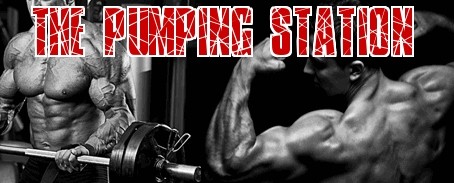Fundamental Boxing Punches
When it comes to boxing, it's all about fundamentals. One must have to master the basics. Just strength & power doesn't buy you any good if you lack right techniques. And it's essential to learn it before you execute it. The power of each punch develops from practice & repetition. Equipping yourself with some basic moves will make you successful in the ring. Here are some of the fundamental boxing punches that you should get your hands on.
2) Left Jab
Jab is the most fundamental boxing punch, as it gives an adequate amount of cover & leaves the minimum room for the opponent in order to counter punch. It's the one that has longest reach that does not require a boxer to make huge weight transfers. It's the straight punch executed with a lead hand by guard position, the fist hand to rotate for becoming horizontal while receiving impact. After putting on your boxing gloves the core target for applying the jab perfectly is your opponent's nose. When your punch is fully extended, your lead shoulder is supposed to be brought upward, for guarding your chin, while your rear hand stays next to your opponent's face for guarding the jaw. When done a direct engagement with target, your lead hand should be retracted immediately for resuming the guard position at the front of the face. Jab is not from the knockout punching category. It is often used like a tool for gauging distances, probing your opponent's defenses, & for setting up heavier, and more powerful moves.
2) Right Cross
Cross is one of the most powerful and straight punching techniques, executed by the strongest lead hand. Primary target for applying a cross is on your opponent's face. As per Technique, the other hand is thrown by the level of your chin, crossing your body & moving straight towards your target, aligned in a line. While your lead hand protects the face & chin. For boosting the power of your punch, rotate the hips & torso counter-clockwise
When a cross is being applied, the boxer has to transfer the weight on the lead foot. This body rotation & weight transfer gives this cross way much power than a jab. Right after throwing the punch, the hand should be retracted by guard position. You can use the right course for the counter punching jab of your opponent, while you aim for his head, or for counter crossing, or for setting up a hook. Usually, the cross follows a jab, by creating a classic "one to two" combination. It is suggested for a boxer not to drive with a punch as executing completely will lead to discomfort if he uses a small pad holder.
2) Left & Right Hook
The left & right hook is the semi-circular punch executed by your lead or other hand. Primary focus of this hook is jaw line with the side of your opponent's head. This punch is usually exerted by rolling the fist straight from upright vertical to horizontal position with an additional small step while rotating the whole body in a direction by leaving the head. Boxer's elbows have to be in a line underneath the fist for an effective power move. The other hand is held tightly against jaw for protecting the chin. When in contact, this hook's path ends quickly forming a semi-circle, with the lead hand being pulled back to guard position. Left and right hook can also target lower body of your opponent with some variation known as "body rip" to segregate it from conventional hook style.
2) Left & Right Uppercut
It can be thrown by either hand, this punching technique is the vertical punch rising while moving away from your body into a centre that is directed upward motion facing the chin of your opponent. It is usually applied by the guard position, your torso has to shift slightly to right, as your rear hand is pulled down & knees bent a little. Make sure you chose the right kind of boxing gloves in order to apply this technique. From this particular position, your rear hand is supposed to be projected upward for engaging the primary target area. While your knees experience a sudden thrust & the torso & hips rotates.
Click Here to Sign Up for Your Free Bodybuilding Magazine Subscription
